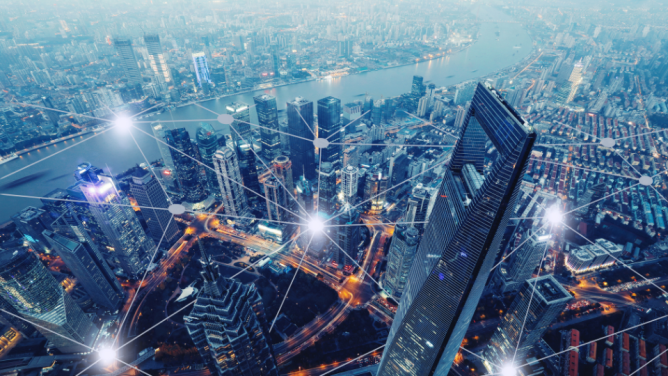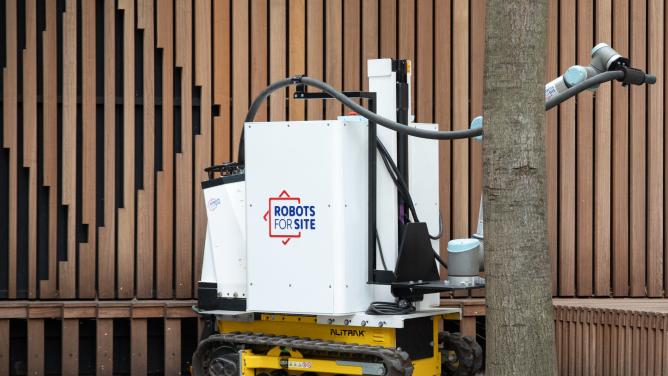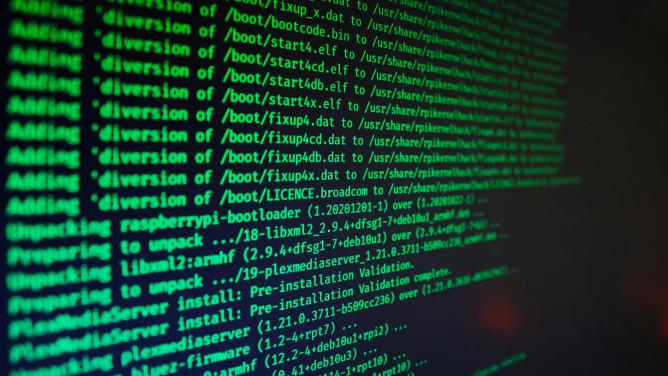However, the maintenance sector is undergoing profound changes, particularly driven by technology and specifically the Internet of Things (IoT). What are the objectives? To reduce costs, extend the lifetime of infrastructure and, more broadly, to contribute to bridging the gap, that will likely widen, between investment and global needs.
Urgent strategic issues
While Donald Trump’s major infrastructure investment program seems to have stalled, two US researchers have called in the New York Times for a revaluing of maintenance. According to Andrew Russell (SUNY Polytechnic Institute) and Lee Vinsel (Virginia Tech), maintenance – and its associated professionals – is too often undervalued while innovation is over-glorified. They cite the attention given to numerous Elon Musk initiatives, including the Hyperloop, which seems to promote the idea that in terms of transport it is better to make a clean sweep of the past and start from scratch. The existing infrastructure is in fact a real asset. According to the World Economic Forum, optimizing this infrastructure is one of the three strategic levers for achieving global infrastructure objectives.
In a context of strong demographic, environmental and budgetary pressure, an innovative approach to maintenance is required. Indeed, maintenance costs are high: according to OECD data, the costs associated with maintaining road infrastructure in France for instance amounted to €2.5 billion in 2015, or 14.7% of the total investment going into transport infrastructure.
A well under way technological revolution
Thanks to Big Data, the IoT and machine learning, large industrial companies such as Caterpillar and Rio Tinto, already use predictive maintenance or “smart maintenance” strategies, which result in substantial savings in terms of equipment and infrastructure. According to the research agency ABI Research, revenue from analytical maintenance will reach $24.7 billion in 2019, making it the most profitable IoT market. Transport infrastructure is particularly affected by this revolution; initiatives are multiplying and the advent of the smart car promises to further amplify this trend. Further proof that innovation and maintenance are in no way opposite concepts!


